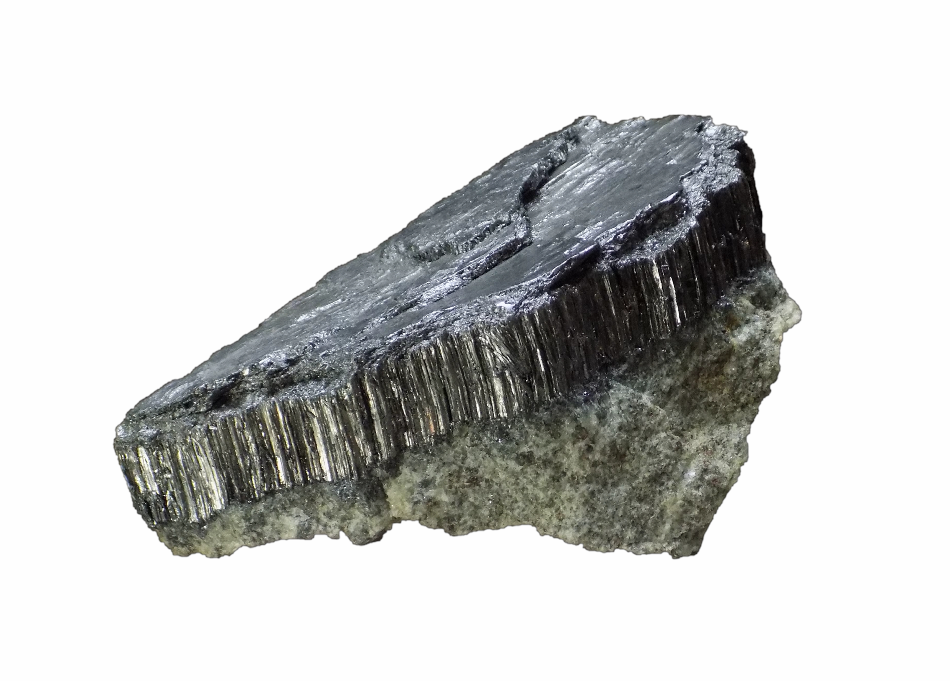
Linnas / Shutterstock
Studies on the applications of graphene are multiplying due to its properties as a lightweight, strong, porous and electrically conductive material. It has been labeled as a disruptive technology, i.e. one that can open up new markets with novel applications in addition to replacing established technologies and industrial processes.
Amongst its properties it boasts a strength higher than steel, coupled with low density and high flexibility in addition to being electrically and thermally conductive, making it potentially ideal for circuitry and cooling. A single layer of graphene is one million times thinner than a human hair.
Graphene and its Applications
Applications range from electronics, energy, desalination and water purification, biomedicine and medical devices and chemical sensors. The variety of uses means a plethora of graphene structures would be required, from mono-layer sheets for semi-conductors to multi-layer flakes with tunable surface properties for targeted drug delivery.
Graphene is a pure carbon allotrope arranged in regular hexagonal rings. Synthesis of pure monolayer graphene can be done via the exfoliation of graphite using scotch-tape, exfoliation using a liquid-phase, graphitization of silicon-carbide, gas-phase synthesis, chemical vapor deposition, and carbon nano-tube unzipping. Exfoliation methods would make use of a graphite precursor. Synthesis methods of pure graphite for graphene-applications require either high energy input or toxic solvents and are hence expensive or potentially environmentally dangerous.
Graphite is found in the natural environment forming in both igneous and metamorphic deposits as formation requires both high temperatures and pressures to convert amorphous carbon to crystalline form. Low oxygen fugacity is a further prerequisite for formation to avoid the oxidation of carbon.
Metamorphic graphite deposits are more abundant than igneous ores with the metamorphism of either anthracite coal seams or deep-ocean organic carbon deposits believed to be the typical modes of formation. However, the source of carbon in graphite deposits is not always clear.
Types of Graphite
Vein graphite is the highest grade deposit-type with grades typically greater than 90% graphitic carbon and purity of 95-99% carbon without refining. These are however the rarest type of deposit with commercial production restrained to Sri Lanka. The formation is believed to have occurred through deposition from subterranean high-temperature carbon-rich fluids. Due to its rarity, Sri Lanka produced only 4000 tonnes of graphite in 2018.
Another type, crystalline flake graphite, is found in metamorphic rocks and calcareous sedimentary rocks. Purity is lower than in vein graphite deposits, typically at 85-95% carbon after refining with deposits grades at 10-12% graphitic carbon. 2018 global mine production of graphite was 930,000 tonnes with China producing approximately two-thirds of the total global supply. China also holds the greatest proven reserves at 73 million tonnes however Mozambique and Tanzania also hold large reserves at 17 million tonnes each.
Mine production of flake graphite in Mozambique commenced in 2017 at the Balama Graphite Mine, owned by Australian-based Syrah Resources. The deposit is believed to be the largest globally with 113 million tonnes of reserves and total graphitic carbon grades of 16%. Additionally, the Lindi Jumbo deposit in Tanzania, owned by Walkabout Resources, reportedly contains ~42 million tonnes of ore with total graphitic carbon grades of 10.8%.
Producing Graphene from Natural Graphite
Graphene can be prepared from natural graphite by any of the numerous methods currently used. High-quality graphene sheets produced from natural graphite contains natural impurities, typically silicate minerals, due to its formation in silicic environments. The properties of graphene depend strongly on its structure and hence for high-tech application high-purity graphene requires high-purity graphite for its production.
Metallic impurities can, therefore, reduce the efficiency of graphene for certain applications and as a result, natural graphite may not be an ideal form of carbon for graphene.
Future Challenges
Silicate minerals can potentially be exfoliated from graphite using chemical reduction processes or via physical methods such as centrifugation. As the use of graphene industrially is in its infancy there are numerous hurdles that must be overcome in order to make it an economically viable material. The balance of cost between synthetic graphene formation and purifying natural sources of graphite will have to be weighed to determine which is more suitable.
Natural graphite still has uses in lithium-ion batteries, as a lubricant and refractory and as a writing material but whether the vast deposits of graphite worldwide will be utilized to produce the wonder material graphene has yet to be seen.
Sources
- The University of Manchester (2019) Graphene – Applications. https://www.graphene.manchester.ac.uk/learn/applications/
- The University of Manchester (2019) Graphene – Applications – Biomedical. https://www.graphene.manchester.ac.uk/learn/applications/biomedical/
- The University of Manchester (2019) Graphene – Applications – Electronics. https://www.graphene.manchester.ac.uk/learn/applications/electronics/
- Hamra AAB, Lim HN, Chee WK, Huang NM (2016) Electro-exfoliating graphene from graphite for direct fabrication of supercapacitor. Applied Surface Science, 360, 213-223.
- Peng W, Li H, Hu Y, Liu Y, Song S (2016) Does silicate mineral impurities in natural graphite affect the characteristics of synthesized graphene. Material Research Bulletin 74, 333-339.
- Syrah Resources (2019) Balama Graphite Operation, Mozambique. https://www.syrahresources.com.au/our-business/balama-graphite-operation
- Walkabout Resources (2019) Lindi Jumbo Graphite Project. https://www.wkt.com.au/projects/lindi-jumbo-graphite-project/
- Asbury Carbons (2019) Introduction to Natural Graphite. https://asbury.com/resources/education/science-of-graphite/natural-graphite/
- Saint Jean Carbon (2019) About Graphite. https://voltcarbontech.com/
- Olson D (2019) Mineral Commodity Survey – Graphite. USGS Mineral Commodity Summaries.
Disclaimer: The views expressed here are those of the author expressed in their private capacity and do not necessarily represent the views of AZoM.com Limited T/A AZoNetwork the owner and operator of this website. This disclaimer forms part of the Terms and conditions of use of this website.